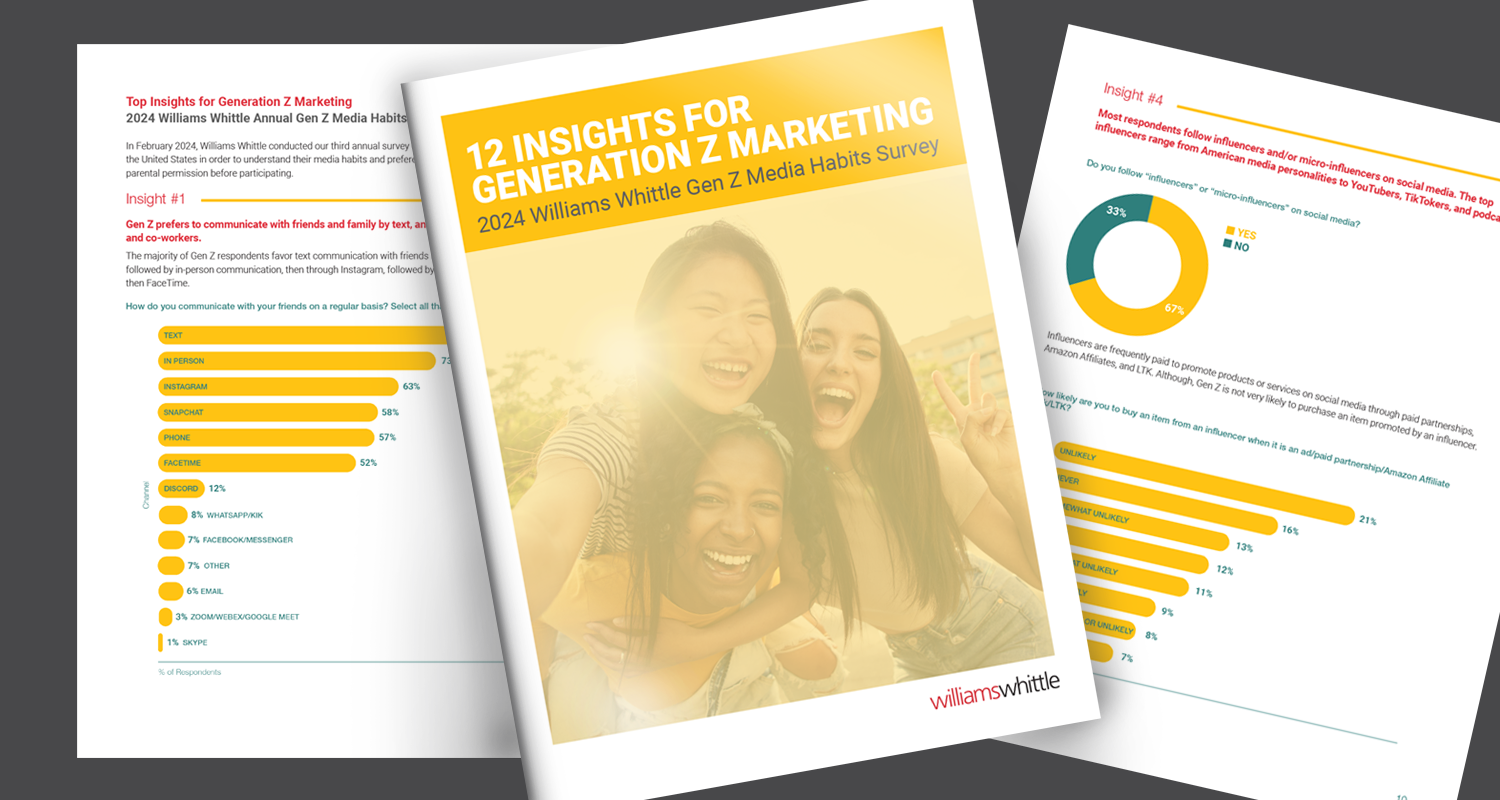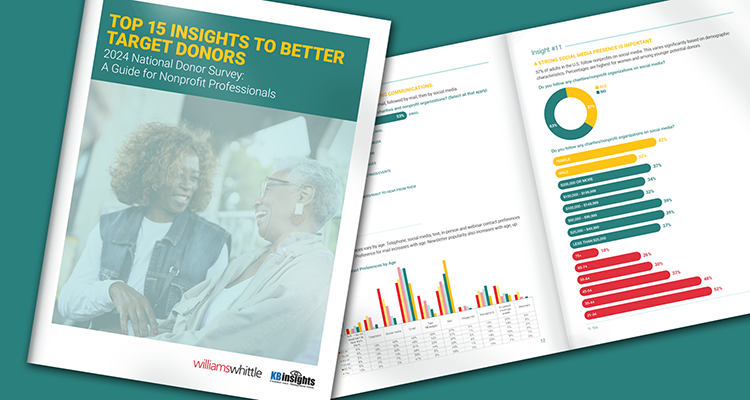“What exactly can you say in a PSA (public service announcement)?” That is often the first question we are asked by clients thinking about utilizing a PSA in their marketing mix.
Media outlets (TV, radio, print, online) will gladly donate their resources (airtime, etc.) if a PSA has the intention to change the public interest by raising awareness of an issue, affecting public attitudes, and stimulating action. They want to use their influence by helping worthy messages get heard and seen, assuming that the driving force doesn’t have money to pay for the media.
If your nonprofit has decided to produce PSAs, then the call-to-action in your creative needs to be carefully planned—you want it to pack the most punch. But, if you want to ask the public directly for money to help your nonprofit, PSAs don’t fit the bill. You can ask the public for “help” or to “join” or “learn” but not “give” or “donate.” It is possible that in some individual markets or on some individual stations you might find a PSA Director that is willing to bend the rules, but this is the exception and not the rule.
By checking out many of the top nonprofit brand’s PSAs, you can see that they’ve gotten both creative and bold to make their call-to-action (CTA) stand out.
- “Do something that means something. Visit Redcross.org today” https://vimeo.com/33944514
- “Gun violence is preventable when you know the signs. Learn them now at sandhookpromise.org” https://youtu.be/A8syQeFtBKc
- “Just five sunburns increase your child’s risk of melanoma by 80%” https://youtu.be/heQOFK_gaGg
- For More information on colon cancer awareness month, visit loveyourbutt.org today. https://youtu.be/AAlkHUbxAqM
- Every Drop Adds Up. EveryDropAddsUp.org (only on screen Not VO) https://youtu.be/M92vyWYtDas
- …And they’re capable of amazing things. Onscreen: Give All Kids a Chance at YMCA.NET/Give https://youtu.be/pSc-06KaeP4
- Find how you can do your part at FINDWWP.org https://youtu.be/KuNH4_DL3HY
- Help end childhood hunger near you. Learn how at FeedingAmerica.org https://youtu.be/mqfMzZYuPN0
- Together Possible. https://youtu.be/DQuUnQ-QiB0
So, how can you make your call-to-action as action-provoking as possible? Here are some ideas with some ways to track activity from your PSA and ultimately use it to calculate the ROI of your efforts:
- Dedicated URL – microsite, vanity URL or landing page
By sending traffic to specific pages of your site, you can quantify how many people actually visited your site from the PSA.
- Email sign up – offer some sort of resource
If you ask people to sign up for something, either a resource like this, or a newsletter or message wall, you will be able to count engagement with the campaign and start building a database which can be more useful than just visitors to your site.
- Dedicated Phone Number
Just like a dedicated website or web address, phone calls can be tracked and quantified.
- Social media – hashtag
Add a hashtag to your CTA. Much has been said about tracking the ROI of social media. Here’s a great point of view from one of my favorite people, Beth Kanter. In my opinion, the most important factor in looking at the impact of social media is through engagement stats. As Beth says in her post, “Engaging conversations revolve around getting people to look and discuss your cause or program and getting them to ready to become donors, members, or volunteers.”
- Direct Ask for Donations
Okay, okay. I know. I started off this blog saying that you can’t ask for donations. But, the reality is that you can. You just need to be aware of the impact it will have on your airplay.
For nearly ten years (2003-2012), we distributed additional PSAs for a client that had an alternate spot that asked for donations. The scripts looked like this:
Regular script: To find out how you can help, visit us at nonprofit.org.
Alt script: Donate today at nonprofit.org.
On average, 3% of the TV stations and 25% of the radio stations that were airing the PSA ran the spots with a fundraising message. In number of airings, that turned out to be 2,300 TV spots (1% of the average 230,000 airings we received per campaign) and 22,000 radio spots (12% of the airings we received). Out of the stations that were running the alternative spot, 12 TV stations were in the top 100 DMAs with only 5 in the top 20 DMAs. And 19 radio stations were in the top 50 DMAs with none in the top 20 DMAs.
So, if you’re looking for free airtime for your fundraising message, there is time out there—just limited time.
- Mobile Giving
If you can use a specific keyword to identify donations through the campaign, like “Text PSA to 99999” you can attribute mobile giving to your PSA campaign. Note: If this was your only call-to-action, the fundraising message may limit your airplay as discussed above. To soften this, we would suggest adding a mobile giving ask as a supplemental CTA. For example, “Find out more information. And to help now, text PSA to 99999.”
- “Snap to Unlock” (the next generation of QR codes)
I was not really a huge fan of QR codes when they first appeared on the scene—too many steps to get where you’re going—open app, point, click, visit website. And I rarely see them these days, but “scanning” things are on the rise! Check out how snapchat is using their platform to gain engagement with the next generation of QR codes.
I’ve laid out a lot of options here. And it may be that none of them work for the objectives of your particular PSA campaign. But, as long as you’ve connected your brand to your message and to your CTA, that’s all that matters.



